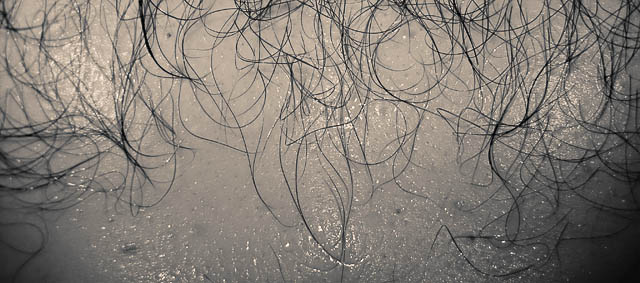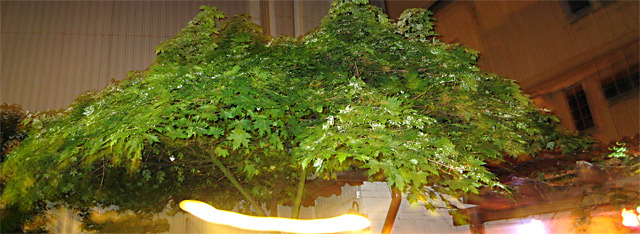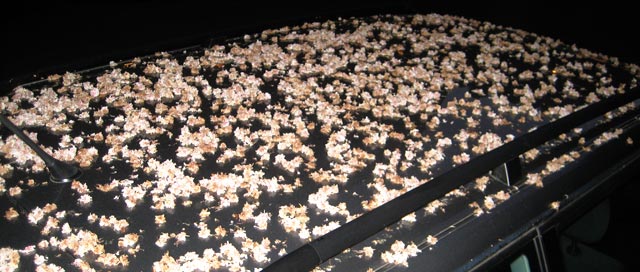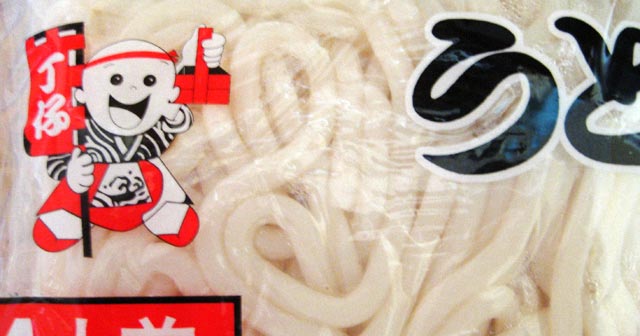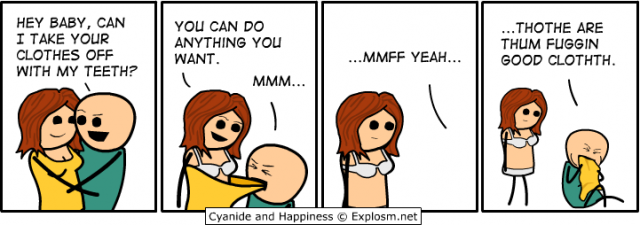We are now a predominantly urban species, with over 50% of humanity living in a city. The overwhelming majority of these are not old post-industrial world cities such as London or New York, but large chaotic sprawls of the industrialising world such as the “maximum cities” of Mumbai or Guangzhou. Here the infrastructures are layered, ad-hoc, adaptive and personal – people there really are walking architecture, as Archigram said.
→ Future Metro, Matt Jones: The city is a battlesuit for surviving the future
Lalvani is anxious that his work not be portrayed as the development of trendy shapes; this is an entire system for generating infinitely variable form. Like Fuller before him, he cleaves to the idea that when science begins to mimic nature at a molecular level, it moves into a realm outside of fashion.
→ Core.form.ula, Peter Hall: Bending the Rules of Structure originally published in Metropolis 2004
In everyware, the garment, the room and the street become sites of processing and mediation. Household objects from shower stalls to coffee pots are reimagined as places where facts about the world can be gathered, considered, and acted upon. And all the familiar rituals of daily life, things as fundamental as the way we wake up in the morning, get to work, or shop for our groceries, are remade as an intricate dance of information about ourselves, the state of the external world, and the options available to us at any given moment.
→ Adam Greenfield: Introduction to Everware
If you wanted an allegorical portrait of modern western capitalist society, you could do a lot worse than a man alone at a shaving mirror, intent on his own reflection, while from the other side of the glass a vast global corporation is watching, recording and planning what to sell him next.
→ Guardian.co.uk, Thomas Jones: Cutting Edge
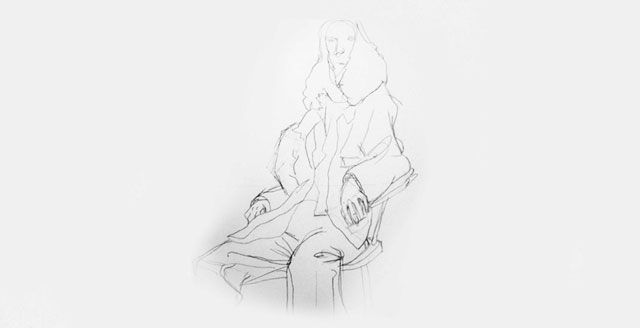
Yes, yours may not look exactly like the original, but it’s recognizable as a copy, right? What this exercise illustrates is a different kind of seeing. As you were drawing, you weren’t thinking about drawing the nose exactly right, because you may have not known it was a nose.
→ Kirk Bjorndahl: Learn how to draw
Filled fountain pens should always be stored nib up, as they would be in a shirt pocket. You should never store a fountain pen nib down…Gravity works. Filled fountain pens should never be stored for an extended period of time. When you fill a pen, consider it a commitment to use it.
→ Bertrams inkwell: How to care for your fountain pen
